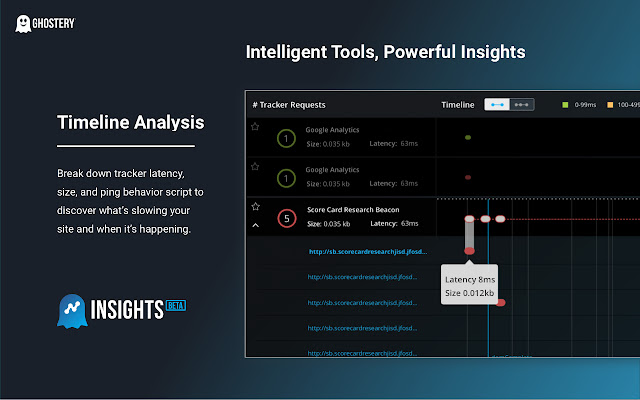What Are the Heaviest Denominations of Money Ever Created?
Introduction Money has weight in more ways than one. There’s the tangible heft of a bundle of large bills and, more often today, the weight of capital behind a trade. The question “What are the heaviest denominations of money ever created?” takes us from museum-grade notes to the real-world pressure of capital and liquidity in prop trading. In a market landscape that spans forex, stocks, crypto, indices, options, and commodities, the “heaviest” denomination is less about paper and more about the capacity to move big value with precision—and the risks that come with it.
Notable heavy denominations in history
- The largest U.S. notes you’ve probably never carried: $1,000, $5,000, and $10,000 bills once served in bank-to-bank settlements and high-net-worth transactions. They looked impressive and felt substantial, but they mostly disappeared from circulation decades ago. The real weight in modern markets isn’t the bill’s size—it’s the notional heft traders carry through margin, guarantees, and risk controls.
- The famous high-denomination note that sits in collectors’ drawers: the $100,000 Gold Certificate (and the series that enclosed it). It was never meant for everyday commerce, yet it underscored a concept that still guides institutional finance: when value moves through the system, liquidity and trust matter more than flash.
- Beyond the U.S.: many central banks issued large denomination notes at various times to ease interbank settlement. The practical takeaway for traders is simple: historically, extreme denominations signaling high-value transfers usually imply robust settlement infrastructures and deep liquidity—traits modern prop desks chase in every asset class today.
Weight you can feel in the market: liquidity and capital
- Liquidity is the real currency. A $10 million forex position or a $50 million stock basket moves with far less friction when the book sits on solid liquidity rails. Heavy capital lets you scale into and out of risk efficiently, but it also magnifies losses if risk controls aren’t tight.
- In multi-asset prop trading, the “heaviness” of funds translates to tighter spreads, faster execution, and better hedging. Teams learn to balance leverage with careful margin and collateral management, especially when crossing forex, equities, crypto, and commodities.
Across asset classes: learning advantages and注意事项
- Forex and stocks: deep liquidity and predictable volatility profiles—great for building robust, repeatable strategies.
- Crypto and alt-indices: high potential upside but with model risk and cyber risk. Diversification across coins, tokens, and DeFi indices can smooth jagged moves, but requires rigorous risk limits.
- Options and commodities: provide flex to express view with defined risk; you’ll want sophisticated position sizing, implied-volatility awareness, and timely gamma management.
- Practical note: start with a clear framework for risk per trade, dopamine-free decision points for exits, and a solid backtest that mirrors live slippage and funding costs.
Decentralized finance: opportunities and challenges
- Opportunities: liquidity mining, lending markets, stablecoins, and programmable money offer new ways to source capital and optimize yields. Decentralization accelerates access, lowers entry barriers, and fosters diverse liquidity pools.
- Challenges: smart contract risk, cross-chain complexity, regulatory uncertainty, and liquidity fragmentation. For a prop trader, these mean robust due-diligence processes, one-click risk controls, and layered hedges before allocating capital into any single DeFi lane.
Smart contracts and AI in trading: the next frontier
- Smart contracts automate execution with transparent rules. They can reduce settlement latency and align incentives across counterparties, which helps scale cross-asset strategies.
- AI-driven trading adds adaptive risk management, pattern recognition, and faster scenario testing. The caveat: models must be continuously validated against real-world regime shifts, and human oversight remains essential to prevent over-optimization.
Prop trading outlook: the path forward
- The capital-weighted future favors firms and individuals who blend cross-asset flexibility with disciplined risk governance. Expect deeper liquidity corridors, improved collateral tooling, and smarter automation that can scale without compromising control.
- The core mindset: weight your bets not just by size, but by the resilience of your risk framework. In a world where “heaviest currency” means the weight of your capital and your confidence in risk controls, smart position sizing becomes a differentiator.
Promotional slogans and takeaways
- Heavy money, sharp moves.
- When denominations weigh in, strategies rise to the challenge.
- Trade with weight, not whim—prop trading that moves with the market’s heft.
- The heaviest denominations aren’t just about cash; they’re about capital efficiency and disciplined execution.
Closing thought The heaviest denomination ever created isn’t a note in a vault—it’s the combination of capital, liquidity, and a robust trading blueprint that can handle multi-asset volatility. In today’s landscape of forex, stocks, crypto, indices, options, and commodities, that weight is what lets you execute big ideas with precision—and that’s where prop trading continues to grow, evolve, and stay relevant.



